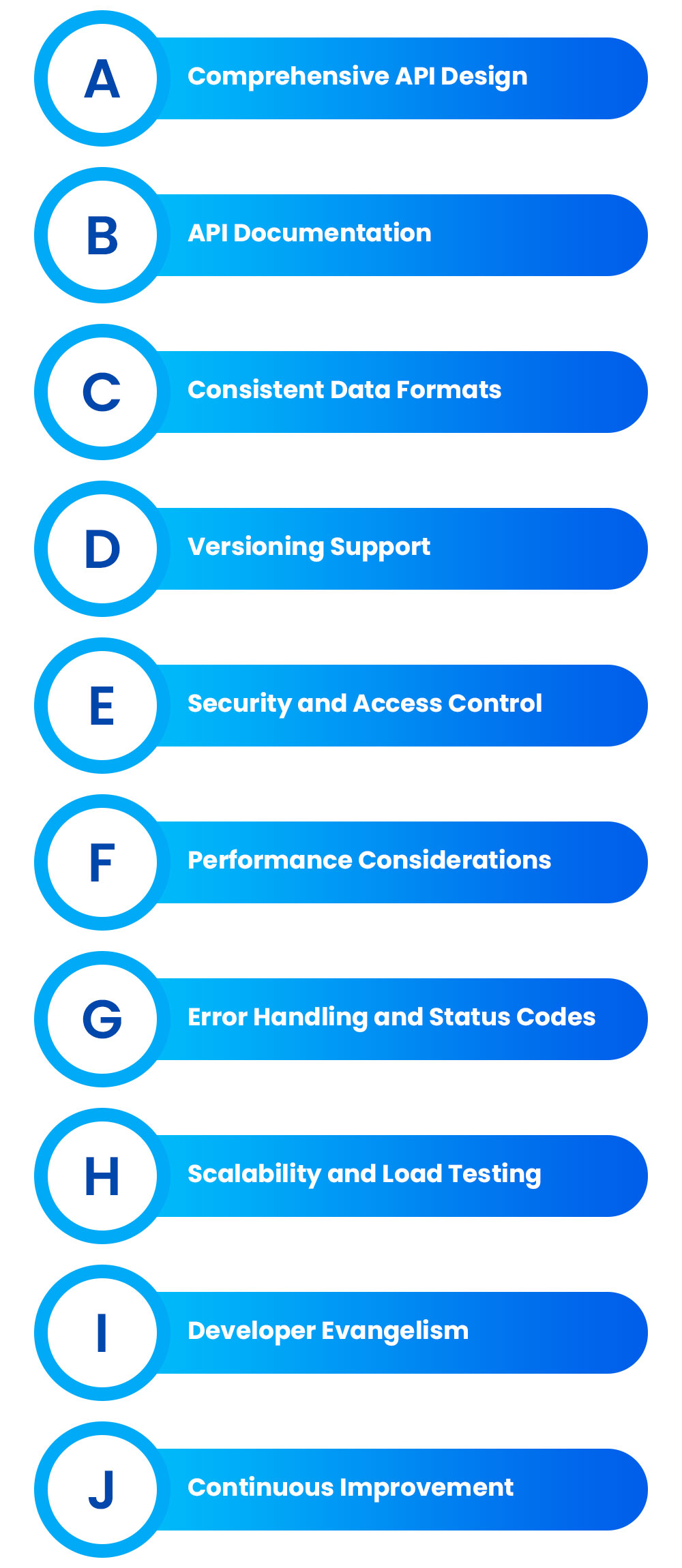Introduction
Understanding API First
At its core, API First is a design philosophy that emphasizes creating application programming interfaces (APIs) before developing the actual applications that use them. In traditional development approaches, APIs were often an afterthought, leading to challenges in integration and scalability. The API First approach flips this paradigm, focusing on defining a clear and comprehensive API that meets the needs of both internal and external stakeholders before proceeding with application development.
By adopting the API First mindset, organizations can ensure that APIs are designed to be consistent, reusable, and future-proof, facilitating seamless integration with cloud-based applications and services. This approach fosters a culture of innovation and collaboration, as developers can build applications with a shared understanding of the API’s capabilities and functionalities.
The Role of API First in Cloud Adoption
- Drive Innovation: With API First, developers can quickly experiment with new ideas, services, and technologies, leading to rapid innovation and enhanced time-to-market for new products and features.
- Streamline Integration: APIs designed with the API First approach are inherently interoperable and well-documented, facilitating seamless integration between various applications, microservices, and cloud platforms.
- Ensure Reusability: Reusable APIs built with API First reduce development efforts and promote a modular architecture, enabling organizations to leverage existing functionalities across multiple applications and projects.
- Enhance Collaboration: API First encourages cross-functional collaboration, allowing developers, architects, and product owners to work together from the outset, fostering a shared vision and better understanding of project requirements.

Best Practices for API First & Cloud Adoption

- Comprehensive API Design: Begin the development process by carefully defining the API's purpose, functionality, and endpoints. Focus on creating a clean, consistent, and intuitive API design that aligns with the organization's overall cloud strategy.
- API Documentation: Thoroughly document the API to ensure clarity and ease-of-use for developers who will consume it. Comprehensive documentation should include detailed descriptions of endpoints, data formats, authentication requirements, and usage examples.
- Consistent Data Formats: Standardize data formats such as JSON or XML across the API, making it easier for developers to understand and utilize the API's responses consistently.
- Versioning Support: Incorporate versioning support into the API design, allowing for backward compatibility and seamless updates as the API evolves over time.
- Security and Access Control: Implement robust security measures, including authentication and authorization mechanisms, to protect sensitive data and ensure that only authorized users can access the API.
- Performance Considerations: Optimize the API's performance by minimizing response times and reducing unnecessary data transfers. Caching and pagination can be effective techniques for handling large datasets efficiently.
- Error Handling and Status Codes: Define clear error messages and use appropriate HTTP status codes to indicate the success or failure of API requests, aiding developers in troubleshooting and debugging.
- Scalability and Load Testing: Conduct rigorous load testing to assess the API's performance under heavy usage scenarios and ensure it can scale effectively to meet growing demands.
- Developer Evangelism: Promote the API internally and externally by encouraging developers to explore its capabilities, providing support through developer portals, forums, and engaging documentation.
- Continuous Improvement: Continuously gather feedback from developers and stakeholders to identify areas for improvement and update the API accordingly. Embrace a culture of continuous improvement to adapt to changing requirements and technologies.
Real-World Examples of API First & Cloud Adoption
- Spotify: Spotify's API First strategy allows developers to access and leverage its music streaming capabilities, resulting in a vibrant ecosystem of third-party apps and integrations that enrich the overall user experience.
- Twilio: Twilio's API First approach has revolutionized communication by enabling developers to easily integrate voice, SMS, and messaging functionalities into their applications, spurring a wave of innovative customer engagement solutions.
- Salesforce: Salesforce's API First strategy has been instrumental in its transformation into a powerful cloud-based customer relationship management (CRM) platform. By providing a robust API, Salesforce empowers developers to build customized solutions that meet diverse business needs.

Conclusion
API First is more than just a development philosophy; it is a guiding principle that can propel organizations towards successful cloud adoption and innovation. By designing APIs that are consistent, reusable, well-documented, and aligned with their cloud strategy, businesses can streamline integration, enhance collaboration, and drive efficiency.
Embracing the best practices of API First empowers developers to create applications that seamlessly interact with cloud-based services, delivering superior user experiences and unlocking the full potential of the cloud. As the digital landscape continues to evolve, API First will remain a critical enabler of business success, driving organizations towards greater agility, scalability, and innovation.





